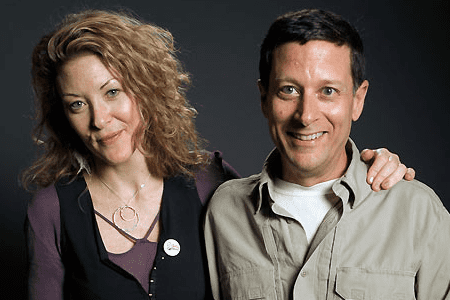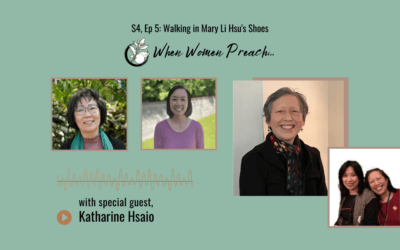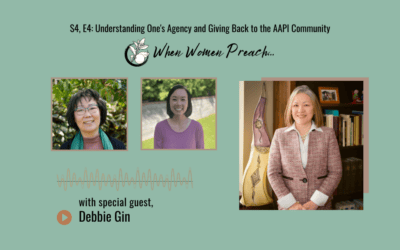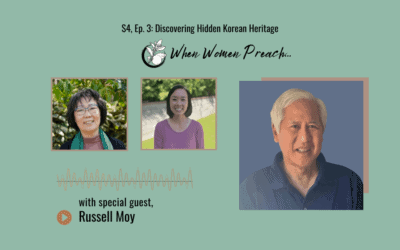ISAAC’s AARMS (Asian American Artists Relations and Movements) debuted on May 4, 2013 with a screening of We Live In Public. Complete with cocktail service and vintage Latin dance intermissions, the event emerged out of a perfect Southern California spring evening in Young Lee Hertig’s homemade driveway movie theater.
The small crowd watched as Ondi Timoner‘s documentary was projected onto a bed-sheet stapled onto Young’s garage door. The way the film was shown mirrors a theme of the movie: the mundane has become the centerpiece.
In Timoner’s film we follow the rise and fall of ultramundane cubicle jockey turned internet prophet, Josh Harris. One of the first dot-com millionaires, Harris sold his company, Jupiter Communications, and found himself with 80 million dollars and an itch to make something amazing happen. He proceeded to fund his prescient imagination through elaborate entertainment/experiments on technology and human relationships.
Predating the reality TV explosion, Harris’ projects included two experiments on the effects of constant surveillance: one in a large group setting and another in an intimate one. What we discover are copious amounts of mayhem and pressure as the participants struggle to tell the difference between genuine experiences and show business. As one of the subjects in his own experiments, Harris eventually collapses in every area of his life: financial, relational, artistic and psychological.
As the debut AARMS event, We Live In Public is a bold choice. It’s a graphic film with no shortage of violence, nudity and profanity. And, despite comments to the larger themes of alienation, community and the contextuality of human behavior [2], the film has no overt Christian or Asian American themes. But in its own way, this is the perfect inaugural event for AARMS. Until otherwise noted, We Live In Public defines what AARMS is. It has an unusual message to AARMS’s largely Christian audience: this is an open space for us to encounter the unexpected.
For anyone seeking specific applications, this event doesn’t offer anything didactic. Instead, it presents the audience with an opportunity to take in the art and respond. In this case, the responses were varied. During the post-screening discussion, thoughts included concerns about the growing surveillance state and how we are willingly complicit. Also, one viewer raised the question of how this screening was related to Asian American Christianity. My own comments were on the story arc of Josh Harris as a modern day prophet. [3]
This process appears to mirror the world-view of its curator, Sam Kho. Sam has a noted preference to let art speak for itself, impacting its audience without explanation or direction. In other words, he’s not in the business of teaching lessons through pretty pictures. I have the feeling that Sam himself doesn’t really know what he’s expecting to happen at his events, but is instead happy to be part of the experiment. [4]
And here we come full circle. If we assume that We Live In Public was purposefully chosen to set the stage for all of AARMS’s future efforts [5], we can surmise that AARMS is going after something similar to what Josh Harris’ Quiet: We Live In Public project was going after. Namely: a live action experiment on how humans respond to novel stimuli. Or, maybe more specifically: an opportunity to see how Asian American Christians respond to art.
————————–
[1] The title of this post is taken from the stream-of-consciousness lyrics of the Promise Ring song, “Arms and Danger,” which reflects the ambiguity of some experiences, leaving interpretation to the viewer.
[2] James Kang had these thoughts on the film, “What the film made me do was reflect on the breadth of human behavior and its natural characteristic of being contextual. I believe we are largely a product of our environment, which also seems to have been a theme throughout the entire film. What it made me consider was how we might formulate contexts that produce human behavior that is good and spiritually and socially beneficial.”
[3] Not necessarily in the Christian sense of one who is in direct contact with God, but in a broader sense of one who is in touch with a larger knowledge of how the world operates and who plays the role of ushering in large scale change.
[4] As an introduction to the screening, Sam read from noted futurist Marshall McLuhan. McLuhan is most famous for his quote, “the medium is the message.” Which sets up the question, what is the medium here? And therefore, what is the message?
[5] Currently AARMS is in the process of creating an ongoing discussion group. Those interested should contact Sam Kho at sam.k.100[at]gmail[dot]com.





